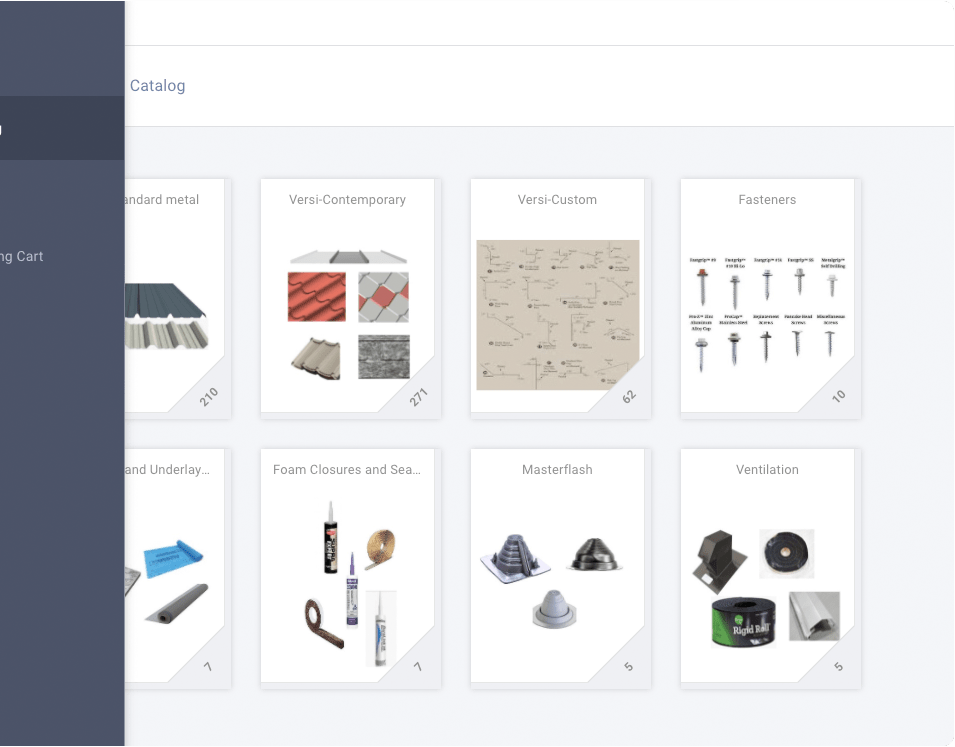Your metal roof is built to last, but even the best roofs can develop leaks over time. Don’t let a small problem turn into significant damage.
Generally speaking, to fix a leaking metal roof, you need to identify the source of the leak, clean the affected area, and apply a high-quality sealant. For more extensive damage, replacing the damaged panels or fasteners and ensuring all seams are properly sealed can prevent future leaks.
This guide will show you how to fix a leaking metal roof, from identifying the leak to making the repair, ensuring your roof stays in top shape.
1. Identifying the Source of the Leak
Signs of a Leaking Metal Roof
Start by looking for signs of a leak. Water stains on your ceilings or walls are a big red flag. Rust spots or mould growth on the roof can also indicate trouble. You might hear dripping during rainstorms or see sunlight peeking through your roof in the attic.
Methods for Locating Leaks on Metal Roofs
To locate leaks, conduct a thorough visual inspection of your roof from both inside and outside your home. Inside, inspect for water stains and mould in the attic. Outside, look for rust, holes, or gaps in the metal. You can also use a hose to simulate rain. Have someone spray water on the roof while you stay inside to spot where the water comes through. This method works well to pinpoint stubborn leaks.

2. Preparing for Repairs
Safety Precautions
Before you start any repairs, think about safety first. Use a sturdy ladder and a safety harness if your roof is steep. Wear gloves to protect your hands and non-slip shoes to keep your footing secure when walking on your metal roof. We strongly recommend hiring a professional roofer to take care of extensive repairs/replacements to ensure the work is done properly and safely.
Tools and Materials Needed
Gather all the tools and materials you’ll need:
- Ladder
- Safety harness
- Gloves
- Metal roofing sealant
- Replacement panels
- Screws and washers
- Roofing tape
Having everything ready will save you time and keep you focused on the task. High-quality sealant and the right tools can make a huge difference in the durability of your repair.
3. Repairing Small Leaks and Holes
Cleaning the Affected Area
Start by cleaning the area around the leak. Remove any dirt, debris, or rust. A clean surface ensures the sealant will adhere properly. Cleaning might seem labour intensive, but it’s crucial for a good repair.
Applying Metal Roofing Sealant
Once the area is clean and dry, apply metal roof sealant. Spread it evenly over the leak, ensuring you cover the entire area. This sealant will create a waterproof barrier. Silicone sealant is often a good choice for these repairs.
Using Roofing Tape
For minor cracks and seams, roofing tape works wonders. Press the tape firmly over the cleaned area. Make sure there are no bubbles or gaps. This tape provides an additional layer of protection. It’s a quick and effective fix for small cracks and holes.

4. Replacing Damaged Panels
Removing the Old Panel
If a panel is too damaged to repair, you’ll need to replace it. Carefully remove the screws and lift the panel away, taking care not to damage adjacent panels. This step might feel daunting, but it’s necessary for extensive damage.
Installing the New Panel
Align the new panel with the existing ones. Secure it with screws and washers. Make sure the panel is tight and properly aligned to prevent future leaks. Seal the edges and seams to ensure a watertight fit. Replacing a panel can restore the integrity of your entire roof.
5. Fixing Loose or Missing Fasteners
Inspecting for Loose or Missing Fasteners
Check your roof for loose or missing screws and fasteners. These can cause leaks if not properly secured. Loose screws are a common culprit for metal roof leaks.
Replacing with Appropriate Fasteners
Replace any missing or loose fasteners with new ones. Use screws with rubber washers to ensure a tight, waterproof seal.
6. Addressing Rust and Corrosion
Removing Rust
Rust can eat away metal roofs, leading to leaks. Use a wire brush or sandpaper to remove rust from the affected area. This step is crucial to prevent further corrosion.
Applying Rust Inhibitor
After removing the rust, apply a rust inhibitor to the cleaned area. This will help prevent future rusting. It’s a small step that can save you from costly repairs down the road.
Repainting the Affected Area
Finally, repaint the area with metal roof paint. This paint adds a protective layer against the elements and improves the roof’s appearance. A fresh coat of paint can make your roof look new again.
Conclusion
Fixing a leaky metal roof isn’t as daunting as it seems. By following these steps, you can tackle the leaks yourself and protect your home. Regular maintenance and timely repairs will keep your roof in top condition for years to come. If the task feels too big, don’t hesitate to call a professional roofer.
FAQs
1. How can I tell if I have a metal roof leak?
You can identify a metal roof leak by looking for water damage like stains on ceilings, rust spots on the roof, or mould growth. Listening to dripping sounds during rainstorms and checking for sunlight peeking through the attic are also effective methods.
2. What are the best materials for metal roof leak repair?
For metal roof leak repair, use metal roofing sealant, roofing tape, replacement panels, screws and washers. These materials ensure a durable and effective repair.
3. Why do metal roofs leak?
Metal roofs leak due to various reasons such as loose screws, damaged panels, rust, or improper installation. Regular inspections can help you identify and fix these issues before they cause significant problems.
4. What should I do if my existing metal roof has a large leak?
If your existing metal roof has a large leak, start by identifying the source. You may need to replace damaged panels or use high-solid polyether sealant to solve the issue. If the damage is extensive, consider consulting a professional roofing contractor.
5. Can spray foam roofing be used to repair metal roof leaks?
Yes, spray foam roofing can be an effective solution for repairing metal roof leaks. It provides a seamless barrier that can seal cracks and prevent future leaks.
6. What are the steps for replacing damaged areas on a metal roof?
To replace damaged areas, remove the old panel, clean the roof surface, and install the new metal roof panels. Secure it with screws and washers, and ensure all seams and roof edges are properly sealed to prevent leaks.
7. What are some repair options for metal roofs?
Metal roof repairs include applying metal roof sealant, using roofing tape, replacing damaged panels, and sealing seams with solids polyether. Each option depends on the extent and location of the leak.
8. When should I consider roof replacement instead of repair?
Consider replacing your metal roof instead of repair if your roof has extensive damage, multiple leaks, or if it’s nearing the end of its lifespan. A new roof system might be more cost-effective in the long run.



Share This Article
Choose Your Platform: Facebook Twitter Google Plus Linkedin